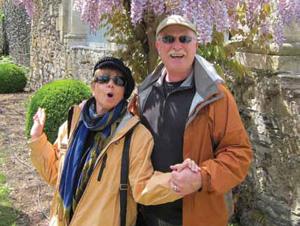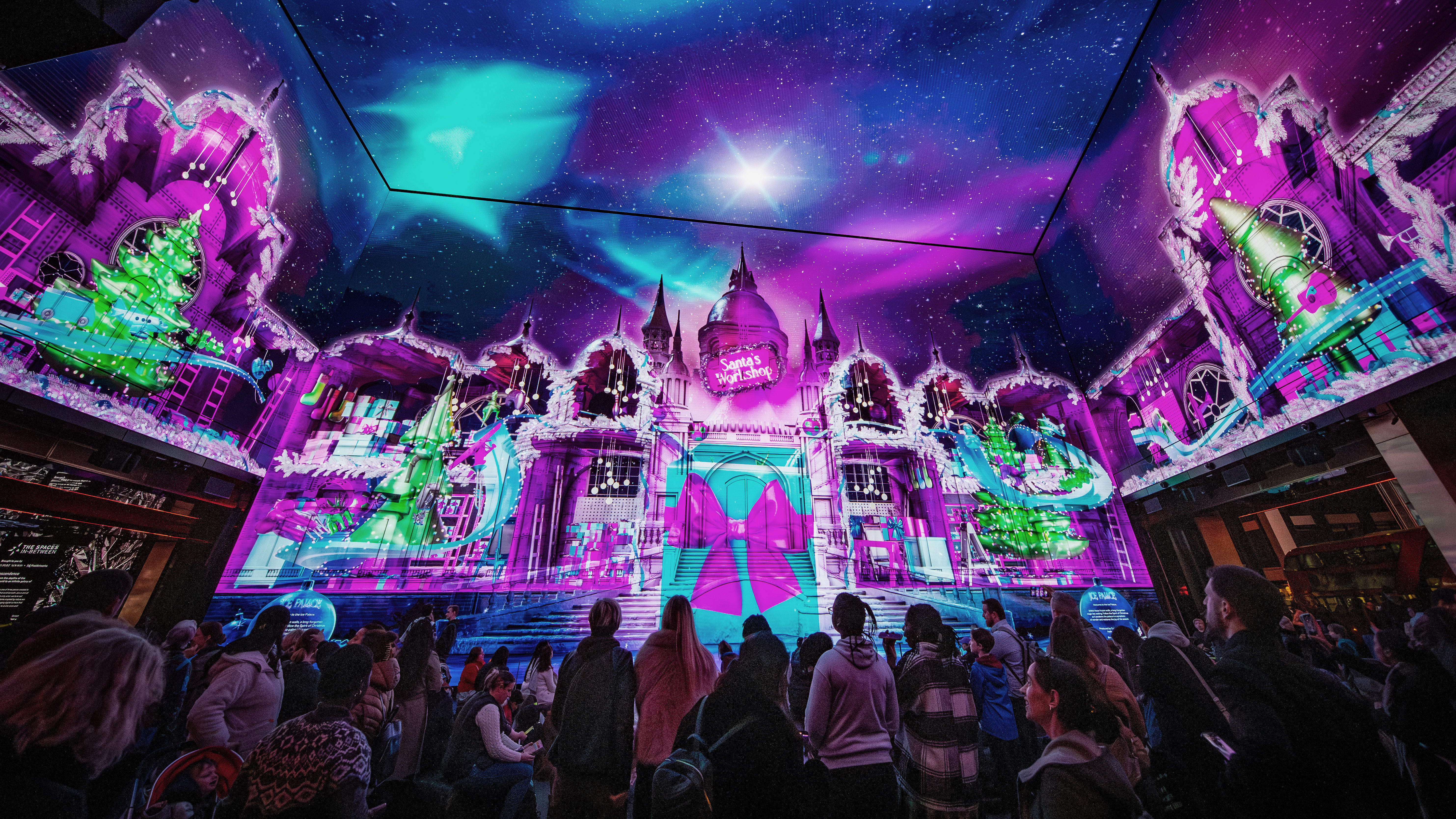Screen Time

Bob Marcus Makes The Big Picture Possible At RGB Spectrum
QUICK BIONAME: Bob Marcus
TITLE: Founder and CEO
COMPANY: RGB Spectrum
OVERTIME: Launching his career with the world’s largest company, Marcus quickly realized that smaller, more innovative companies were of more interest to him.
SCN: What did you do before you founded RGB Spectrum?
Bob Marcus: I graduated with a BS in engineering from Columbia University and an MS in Industrial Management from MIT. I began the career I had trained for—working for large corporations. Years later I noted a trend. Every time I changed jobs, I went to a smaller company. About 30 years ago, I cashed in some stock options, which gave me a small measure of financial independence, and started to do my own thing.
I had very little small company experience and even less in entrepreneurship, so I started by looking for companies that I could work with—as a contractor, partner, investor—and spent a few years working with other people’s deals. At some point I realized that I knew more than the people I was partnering with. That’s when I started my own company, which was outside the AV industry. I had a modest success, sold out, and went looking for something new again.
I went back to partnership mode with a computer graphics animation company, a pioneering firm by the name of Bob Abel & Associates, and joint ventured an animation software company named Abel Image Research. While there I worked on acquiring a piece of technology that they sorely needed—a video scan converter. I found only one commercially available product, and it was deficient in an important way. So when I left I looked for something new to do and decided to build the video scan converter that I couldn’t buy.

Bob Marcus and his wife, Carol, who is director of corporate communications at RGB, enjoy the benefits of raising a successful technology company in Northern California and actively support the arts in the Bay area.
SCN: Was RGB the first to market with a video scan converter?
BM: I started to design and build a product unlike any available on the market. So when I went to a trade show and discovered a company developing the very same product, it didn’t exactly make my day. In fact, we both got to market at about the same time. At first I thought they beat me by a month—they shipped their first unit in December 1987 while I shipped mine a month later, in January. Years later I heard that their first unit didn’t actually work. It was shipped at customer request for year-end budgetary reasons after which it was sent back for completion. So in all probability we were first to market after all, though only by a few days.
A daily selection of the top stories for AV integrators, resellers and consultants. Sign up below.
Actually, we shipped two units that day—and I got my first complaint, though not because of a technical problem. I sent the company who had placed our first order serial number 0002. The CEO, an entrepreneur whose company had recently been acquired, berated me for not sending him 0001. He was still an entrepreneur at heart.
SCN: Describe the early days at RGB.
BM: We assumed that the market for scan converters would be good for about five years, after which time they would be built into computers and that business would fade away. Today, 23 years later, we still build video scan converters though they represent a very small part of our current business.
We very quickly started to diversify. But I was surprised by how long it took to get the message out. After 10 years, with scan converters already only a modest part of our business, I would meet people who would say “Oh, RGB, the scan converter company.”
Multiviewers became our next important product category, then video walls. Lately we’ve moved into digital switchers and codecs. We’ve grown and diversified into a full spectrum AV company.
SCN: What’s the next step for RGB?
BM: We are working now to provide not just products, but integrated solutions that seamlessly stitch together diverse pieces of AV gear, such as switchers and video walls, and beyond that, tie them into an IT system. The fruit of that effort we call Multipoint KvM. This initiative will redefine us as a company.
